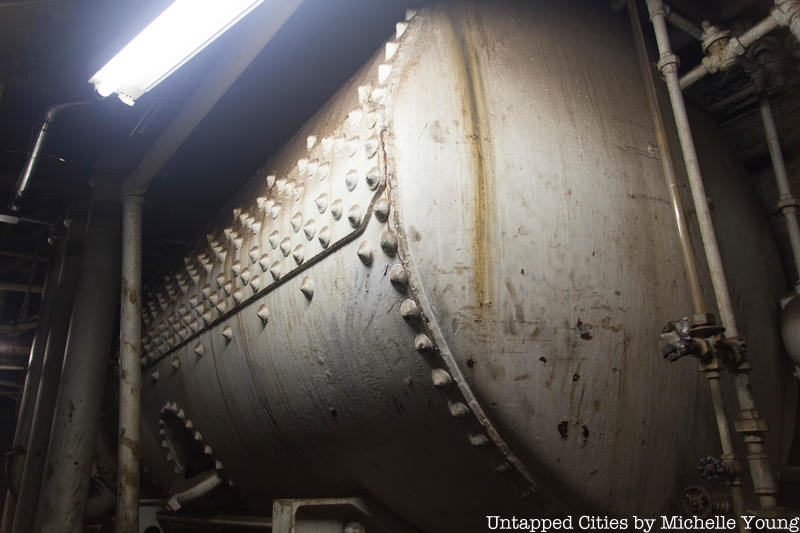
One of New York City’s most beloved buildings is the Flatiron Building, which opened officially on November 19, 1902. On March 22, 2023, this historic building hit the auction block. The public sale of the building, hosted by Mannion Auctions, came after a long legal dispute between its four most recent owners: Sorgente Group, GFP Real Estate, ABS Real Estate Partners, and Nathan Silverstein. According to New York YIMBY, bidding started at $40 million. The building has been empty since Macmillian Publishers moved out in 2019, but when the building was still occupied, Untapped New York got a behind-the-scenes tour.
At the auction, the Flatiron Building was sold to Jacob Garlick’s Abraham Trust for $190 million, however, Garlick failed to pay a necessary $19 million deposit. The building hit the auction block again on May 23rd. According to NY1, the winning bid this time around was from the previous owner Jeffrey Gural. The winning bid was $161 million.
Though never one of the tallest buildings in the city, the Flatiron Building was nonetheless revolutionary in its own way and was a popular photography spot from the very beginning. Untapped New York met up with Sonny Atis, the superintendent of the landmarked building in 2018, who took us to the off-limits spots inside and atop the Flatiron Building, showed us the building’s rich past and current history, and shared with us his passion for the building. The visit was facilitated by GFP Real Estate, which is an integrated owner, operator, property manager, and developer of commercial real estate with many historic buildings in its portfolio.
Like other keyholders of New York City’s most iconic and historic landmarks, Sonny has an idiosyncratic devotion to the operation, the historic details, and the life that has been pursued through his building for over a century. The Bay Ridge, Brooklyn native has been working for the Flatiron Building for thirty years and met his wife in the building in 1992. He can rattle off fun facts about the surrounding area too, like when the torch and arm of the Statue of Liberty were on display in Madison Square Park. The Flatiron Building is as much a part of Sonny, as Sonny is a part of it.
Here are some of the building’s secrets that we learned on our visit:
1. The Original Elevators in the Flatiron Building Were Water Powered

The original elevators in the Flatiron Building were Otis water hydraulic elevators, powered by pressure, and subject to both extremely slow travel times and regular flooding. “If you jumped on in the lobby and went to the 20th floor, it could take you ten minutes,” says Sonny. John J. Murphy III, the former director of publicity for St. Martin’s press who lived across the street from the Flatiron Building, told the New York Times in 2010 that his commute was thirty minutes long.
Flooding was more than a one-time occurrence. “We had many a flood,” says Sonny, and compares them to the intensity of the flood in the Ten Commandments. “[For] a lot of the repairs, we didn’t need a mechanic. We needed a plumber,” he declares. The elevator interior cabs are original and well-maintained. So much so that most people think the ornamental details were part of a restoration. They were just very well-made, Sonny says simply.



In the second-level basement sit the massive water tanks and pipes that once supported the elevator system, minus a portion that has been removed. An original marble sheath with the engraved words “L.H. Prentice Co. Engineers & Contractors. New York & Chicago” still exists as well.





